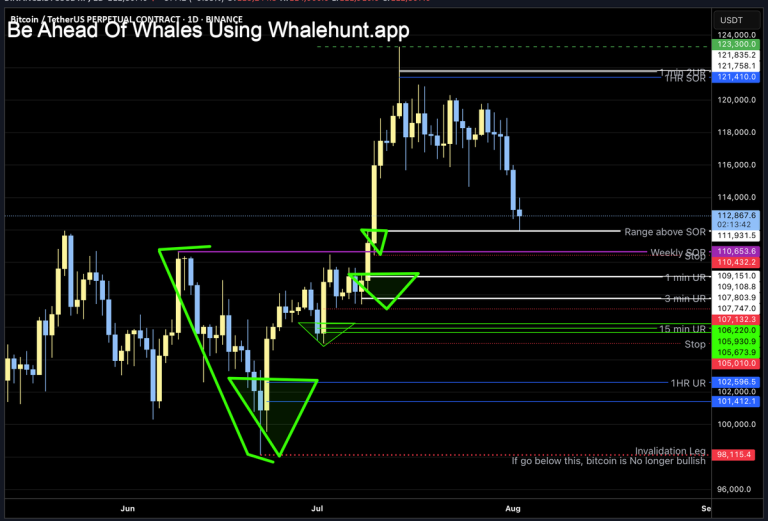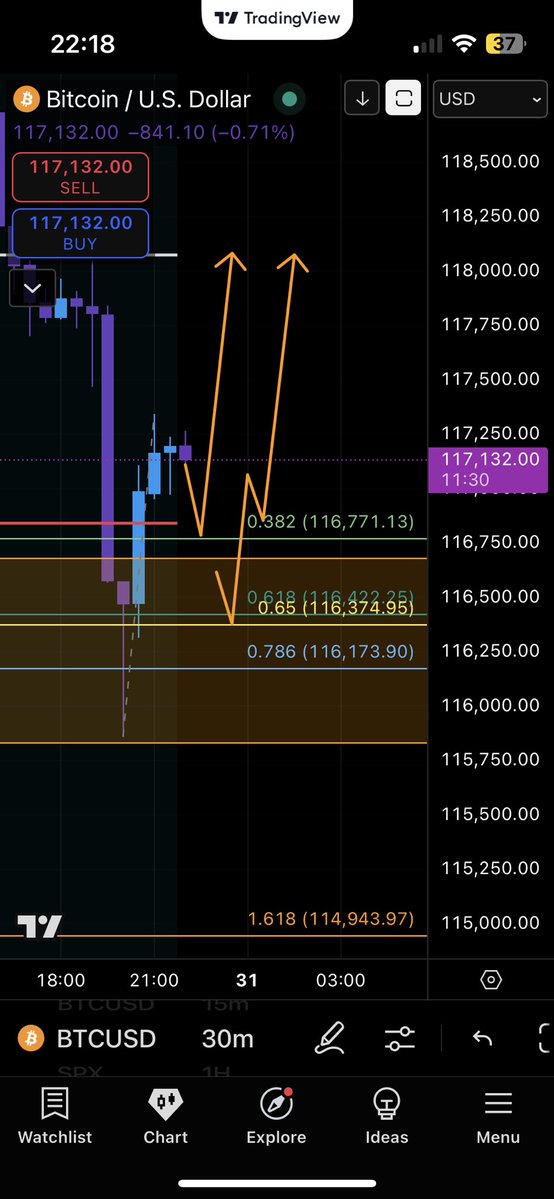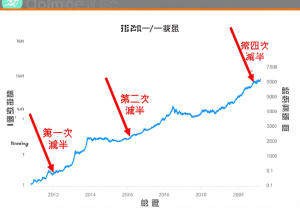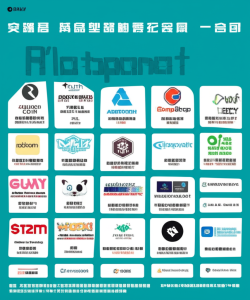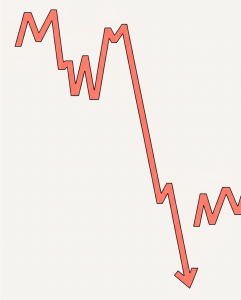
Bitcoin’s Core Principles Under Siege Amidst Surging Adoption and Price Surge
The world of Bitcoin and cryptocurrency is never short of dramatic shifts and tantalizing narratives. As of May 2025, we’re witnessing an intriguing—and somewhat alarming—phase in Bitcoin’s journey. The price has broken the $100,000 barrier, reflecting an unprecedented enthusiasm from investors and the broader public. At the same time, experts are raising alarms about possible coordinated efforts to undermine Bitcoin’s foundational features. This report dives into this paradoxical moment: mainstream adoption flourishing on one hand, with looming threats to Bitcoin’s core principles on the other.
The $100,000 Milestone: A Double-Edged Sword
Crossing the $100,000 mark is iconic; for many, it validates the vision of Bitcoin as digital gold, a store of value outside traditional financial systems. This milestone has reignited bullish sentiment among traders and institutions. For instance, a prominent market player recently made a hefty $130 million Bitcoin purchase, signaling renewed confidence from major financial actors. [9]
Yet this surge brings not only wealth and excitement but also heightened stakes and influence from varied actors who may not value Bitcoin’s original decentralized philosophy. The larger the pie, the more tempting it is for coordinated factions to push for modifications—altering transaction rules, network policies, or consensus algorithms—that might prioritize short-term gains or centralizing controls.
Coordinated Attempts to Alter Fundamental Properties
Bitcoin’s architecture was carefully constructed with key principles: decentralization, censorship resistance, fixed supply, and network security through proof-of-work consensus. But current analyses reveal multiple uncoordinated, yet converging, efforts to modify these principles. The actors involved range from institutional investors, protocol developers, miners, to powerful wallet providers. [1]
These groups champion changes like enhanced scalability and faster transaction throughput, but with solutions that risk compromising decentralization or introducing centralized checkpoints. Others push for alternative consensus mechanisms or protocol tweaks that could loosen Bitcoin’s hard supply cap, sparking fierce debate. As adoption accelerates, the tug-of-war becomes more intense: innovation versus preservation.
The Paradox of Mainstream Adoption and Decentralization
Bitcoin’s global embrace by retail users, corporations, and even governments brings incredible liquidity and usability. Yet each new level of adoption invites scrutiny over network governance and control. How can decentralized protocols remain immune to influence as their economic clout skyrockets? The balance between evolution and fidelity to the founding ideals is delicate.
One telling example is the Bitcoin ETF approvals affecting market dynamics and investor behavior. Large funds wielding colossal Bitcoin reserves push for governance changes that better suit institutional needs but may alienate purists. Similarly, mining conglomerates concentrate hashing power, potentially jeopardizing decentralized security despite boosting transaction speeds. [1,9]
Technical Market Movements: A Reflection of Underlying Tensions
From a market perspective, Bitcoin currently shows mixed signals. While traders are bullish on short-term momentum, on higher timeframes, indicators hint at underlying bearish trends or corrections ahead. Recent technical analyses indicate bearish engulfing patterns and RSI divergences even as price hovers near all-time highs. This ambiguity underscores the uncertain terrain Bitcoin walks—great excitement shadowed by structural tensions. [18,22]
Parallel altcoins like Ethereum exhibit retracement phases against Bitcoin, suggesting a broader crypto-capital recalibration. Chainlink and Arbitrum, analyzed against Bitcoin, also signal bearish sentiments through moving averages and downward trends. [11,17]
The SBF Case: A Microcosm of Centralization Risk
The saga of Sam Bankman-Fried (SBF) offers a cautionary tale. Despite mastering crypto venture investing and amassing a $26.5 billion empire, his business model revealed inherent centralization conflicts, diverging from Bitcoin’s ethos. His blind spot toward Bitcoin’s decentralization principles created a disconnect between personal gain and network health, underscoring the fragility of these principles when under commercial pressure. [19]
The Role of AI and Automated Trading in Market Dynamics
Adding complexity, AI-driven trading tools and indicators, such as “sniper indicators,” flood the market. They promise precision and speed but introduce risks of herd behavior and unforeseen volatility. Traders are tempted to “trade blindy” relying on algorithmic signals, which could exacerbate short-term swings and distract from Bitcoin’s long-term fundamentals. [20]
Community Pushback and the Fight for Bitcoin’s Soul
Despite evolving market conditions, there remains a strong, vocal contingent committed to defending Bitcoin’s founding tenets. Thought leaders, core developers, and grassroots communities emphasize resisting changes that compromise decentralization or fixed supply principles. They argue that Bitcoin’s value lies precisely in its resilience to manipulation and censorship.
The current convulsions serve as a reminder: Bitcoin thrives not just on price, but on shared governance, trust, and philosophy. Each fork, protocol update, or corporate backing must be scrutinized through this lens.
—
Conclusion: Navigating the Crossroads of Adoption and Principle
Bitcoin in 2025 stands at a crossroads, its price and adoption reaching new heights while facing coordinated challenges to its essence. The drama unfolding is far more than a market cycle; it is a fundamental test of whether Bitcoin’s core principles can survive mainstream commercialization and institutional power plays.
For enthusiasts, investors, and observers alike, this moment demands vigilant scrutiny and thoughtful dialogue. Bitcoin’s story is still being written. Will it preserve its decentralized, permissionless spirit as it grows, or will new actors rewrite the script for profit and control? The answer not only defines Bitcoin’s future but also shapes the broader narrative of digital freedom and finance in the 21st century.
—
Sources
—
Related URLs
– FenzLabs Bitcoin Core Principles Report
– BlackRock Bitcoin Purchase Announcement
– Technical Analysis on ARB/BTC Trend
– Ethereum vs Bitcoin Chart Analysis
– SBF and Bitcoin Decentralization Review
– AI Trading Tools Discussion
– Bitcoin Market Technical Dashboard


